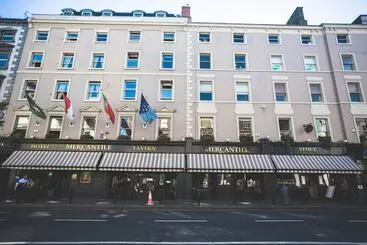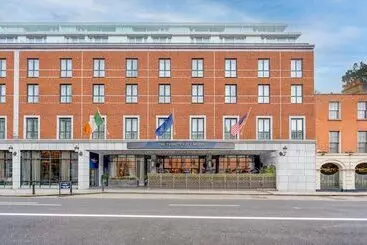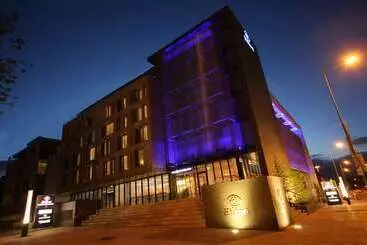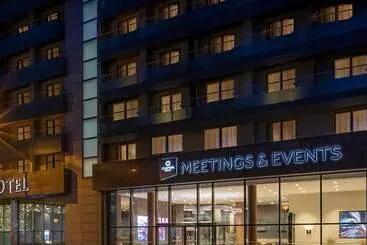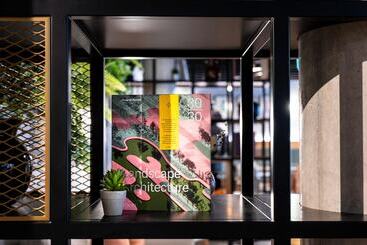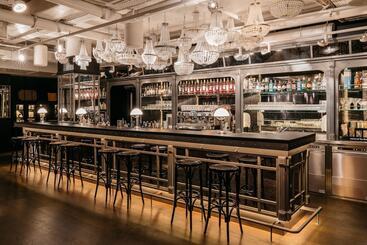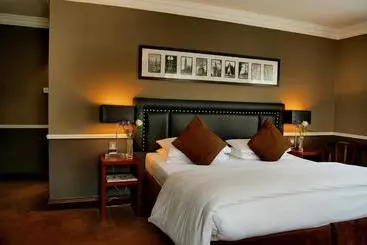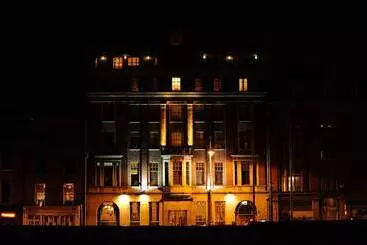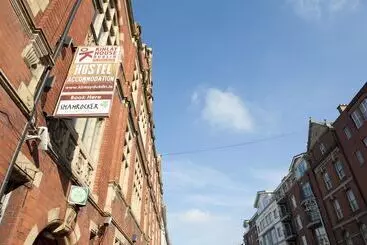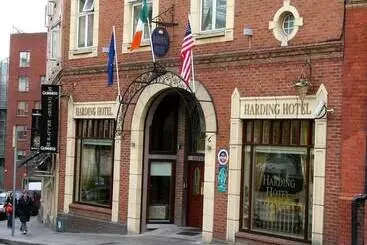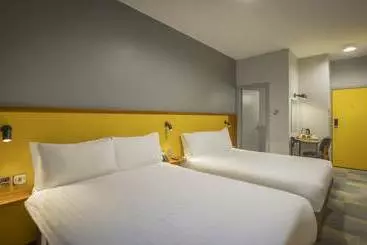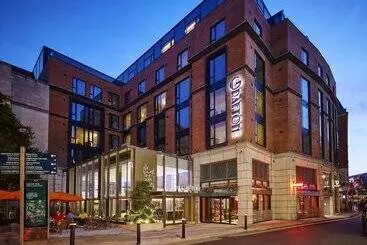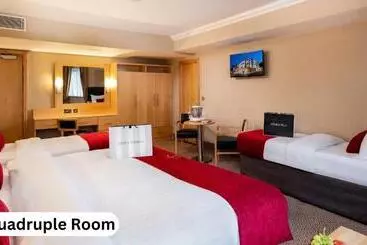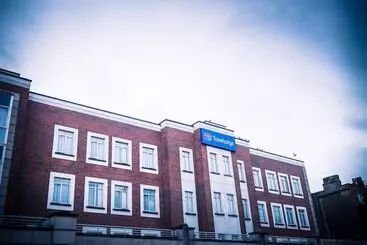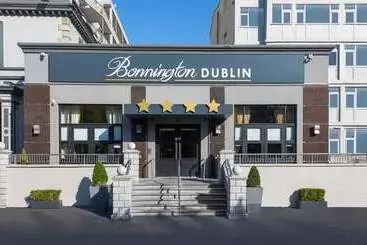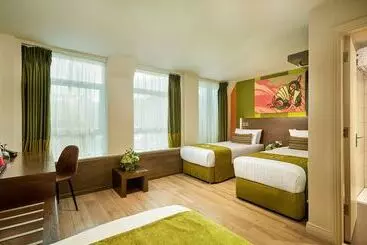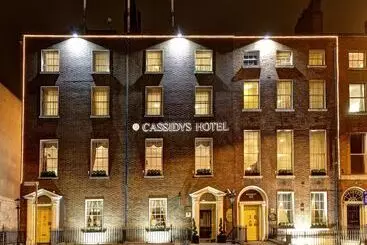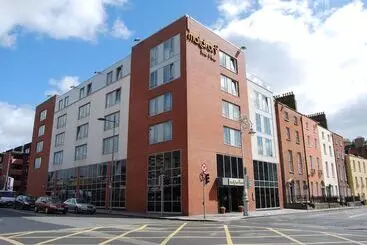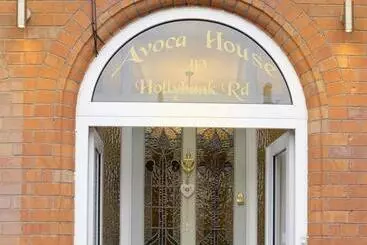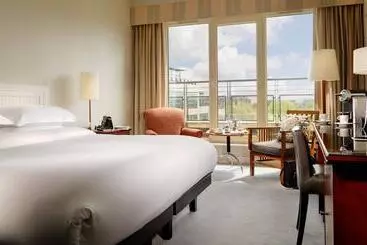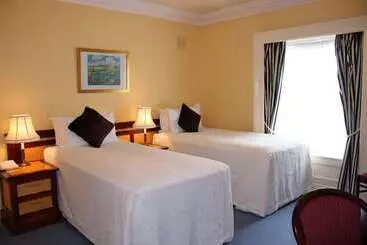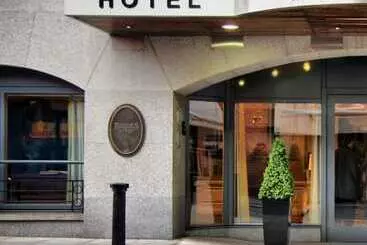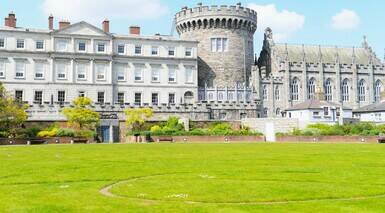Hotels in Dublin, Dublin, Ireland
Best-selling hotels in Dublin
Hotels in the centre of Dublin
Budget hotels in Dublin
Top-rated hotels in Dublin
Book your cheap hotel in Dublin
Located on the east coast of Ireland, Dublin is the country’s capital, and a city steeped in rich culture and history. The city is relatively small, which makes it an ideal destination for short breaks and visitors who want to make sure they can fit in as much in a single trip as possible.
Dublin has been in existence since the 9th century, rising to its heyday in the 18th century with the beautiful architecture to prove it. It is arguably one of the most handsome Georgian cities that the British Isles have to offer.
Although the county of Dublin is Ireland's third smallest by size, it is home to 20% of the country’s population. That means that roughly 1.3 million out of Ireland’s 6.6 million population calls Dublin home!
Travellers planning a holiday in Dublin will be pleased to hear that there is a wide range of budget and affordable accommodation options throughout the city.
Neighbourhoods of Dublin
Dublin boasts a high number of interesting districts, each with its own special personality. Some of the coolest and most interesting neighbourhoods to consider visiting include Portobello which is home to a number of contemporary galleries, historical pubs and assorted nightlife, Smithfield which is full of independent restaurants and artisan cafes, and Temple Bar which is the district that can showcase the very best of Irish vibrant culture. Temple Bar gets extremely busy and is a hugely popular destination for stag and hen parties.
What to see and do in Dublin
There is quite literally something for everyone in Dublin, with some of the must see sights and attractions including a visit to the iconic Trinity College, a stroll through the National Museum of Ireland and taking in some art at the Dublin City Gallery. And of course, no trip to Dublin is complete without a visit to the Guinness Storehouse Brewery where guided tours are available! There’s a strong literary heritage in Dublin and you can either do your own literary tour or take an organised walk around sites connected with luminaries such as Oscar Wilde, James Joyce, Jonathan Swift, and John Keats.
What to eat in Dublin
Dublin offers a wide range of food options in many global cuisines including five Michelin star restaurants. If you are planning on experiencing some local cuisine, then dishes to look out for include Irish stew which is a mixture of potato, onion, diced mutton, carrots and bacon, Boxty cakes which is a traditional Irish potato pancake, and coddle, which is a classic ‘leftovers’ dish comprised of things like sausages, bacon, potatoes and onions in a delicious broth.
Typical events and festivals in Dublin
There is always something going on in Dublin. Visitors can experience something at any time of the year, with some of the highlights including the St. Patrick’s Festival in March, the Longitude Festival in July, and the Dublin Fringe Festival in September. Lovers of Gothic literature will also enjoy the Bram Stoker Festival held every October.
How to move around in Dublin
Dublin boasts an extensive bus network that helps people to move around the city with ease, along with a few select rail and tram lines. When in the centre of the city, however, many tourists choose to navigate in foot, along with hailing taxis for slightly longer journeys.
The climate in Dublin
Dublin is a city that experiences mild summers and cold winters, with an average winter temperature of around 4 degrees and an average summer temperature of 20 degrees. The recommended best time to visit the city in the hope of pleasant weather is the June to September summer period.
More interesting facts about sights in Dublin
Dublin is a city that holds many historic secrets. Did you know that the very first lion that MGM used for their iconic film introduction was technically a Dubliner? His name was Slats, and he was born in the Dublin Zoo in 1919. He appeared as the infamous roaring lion in every MGM picture between 1924 and 1928.
Find your hotel near points of interest
Locations near Dublin
Do you need a flight to Dublin?
Frequently asked questions about Hotels in Dublin, Dublin, Ireland
What are the best hotels in Dublin with access for disabled persons?
If you need a hotel with disabled access in Dublin, we recommend Hotel Ripley Court and Hotel The Charles Stewart Guesthouse.
What adult-only hotel can I book in Dublin?
If you´re looking for peace and quiet and want to stay at an adult-only hotel in Dublin, we recommend Hotel The Gate.
Which hotels in Dublin are recommendable to stay at with children?
According to our clients, if you´re travelling with children, the best hotels in Dublin are Hotel The Charles Stewart Guesthouse, Hotel Ripley Court and Sheldon Park Hotel And Leisure Club.
Which hotels in Dublin offer express check-in and check-out?
If you want to save time, the hotels in Dublin with express check-in and check-out are Hotel St. Aiden's Guesthouse and Hotel The Charles Stewart Guesthouse.
Which hotels in Dublin have non-smoking rooms?
Some of the options for hotels with non-smoking rooms in Dublin are Hotel Hilton Dublin Kilmainham, Hotel Hampton and Hotel Avoca House B&b.
Do the hotels in Dublin offer 24-hour front desk service?
In Dublin, Hotel The Merrion, Hotel Number 31 and Hotel Buswells offer 24-hour front desk service.
What are the best hotels in Dublin with parking?
If you're bringing a vehicle, we recommend that you book a hotel with parking in Dublin, like Hotel St. Aiden's Guesthouse, Hotel Avoca House B&b or Hotel Charleville Lodge.
Which hotels in Dublin have a pool?
The best hotels with a pool in Dublin are Hotel Hilton Dublin Kilmainham and Sheldon Park Hotel And Leisure Club.
What are the best-rated hotels with a gym in Dublin?
The best-rated hotels in Dublin with a gym are Hotel The Merrion, Hotel Buswells and Hotel The Fitzwilliam.
Which hotels in Dublin offer luggage storage?
The following hotels in Dublin have luggage storage: Hotel The Merrion, Hotel Trinity Townhouse and Hotel Hampton.

